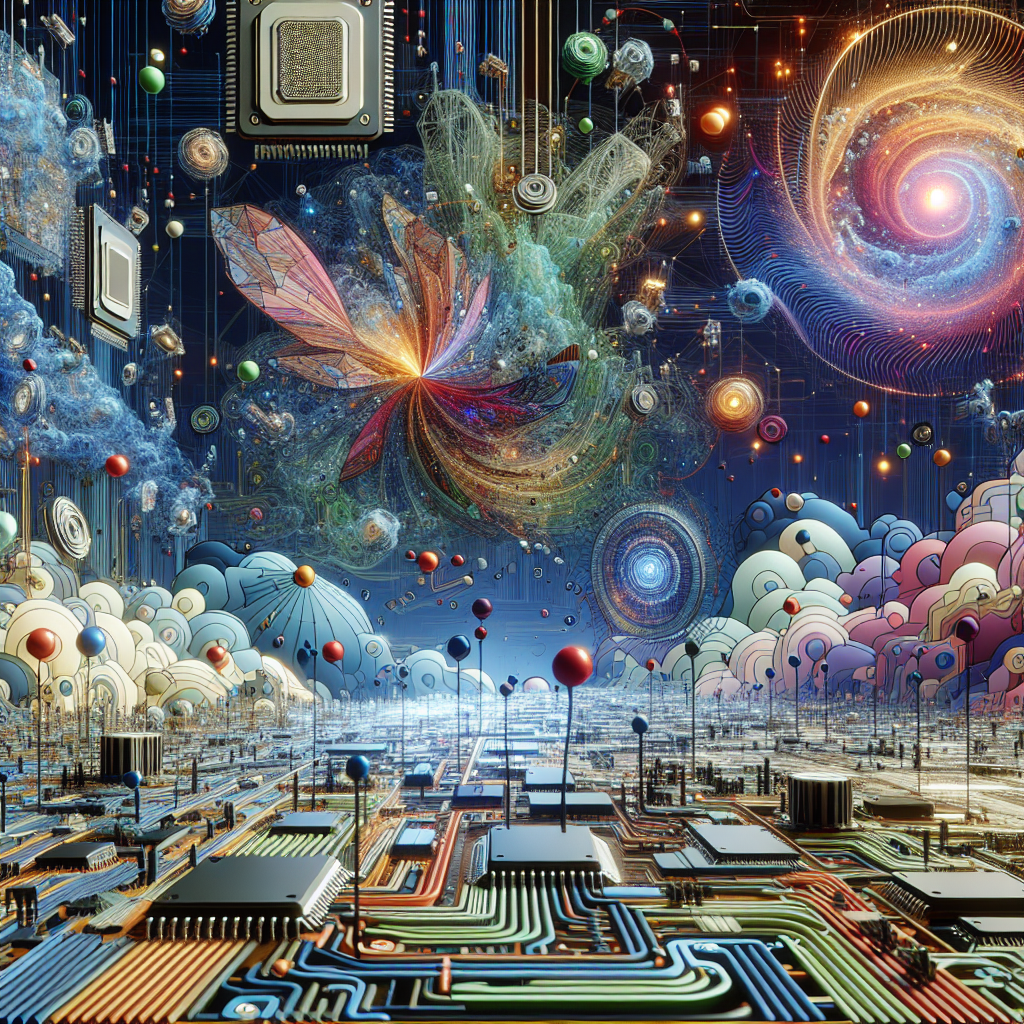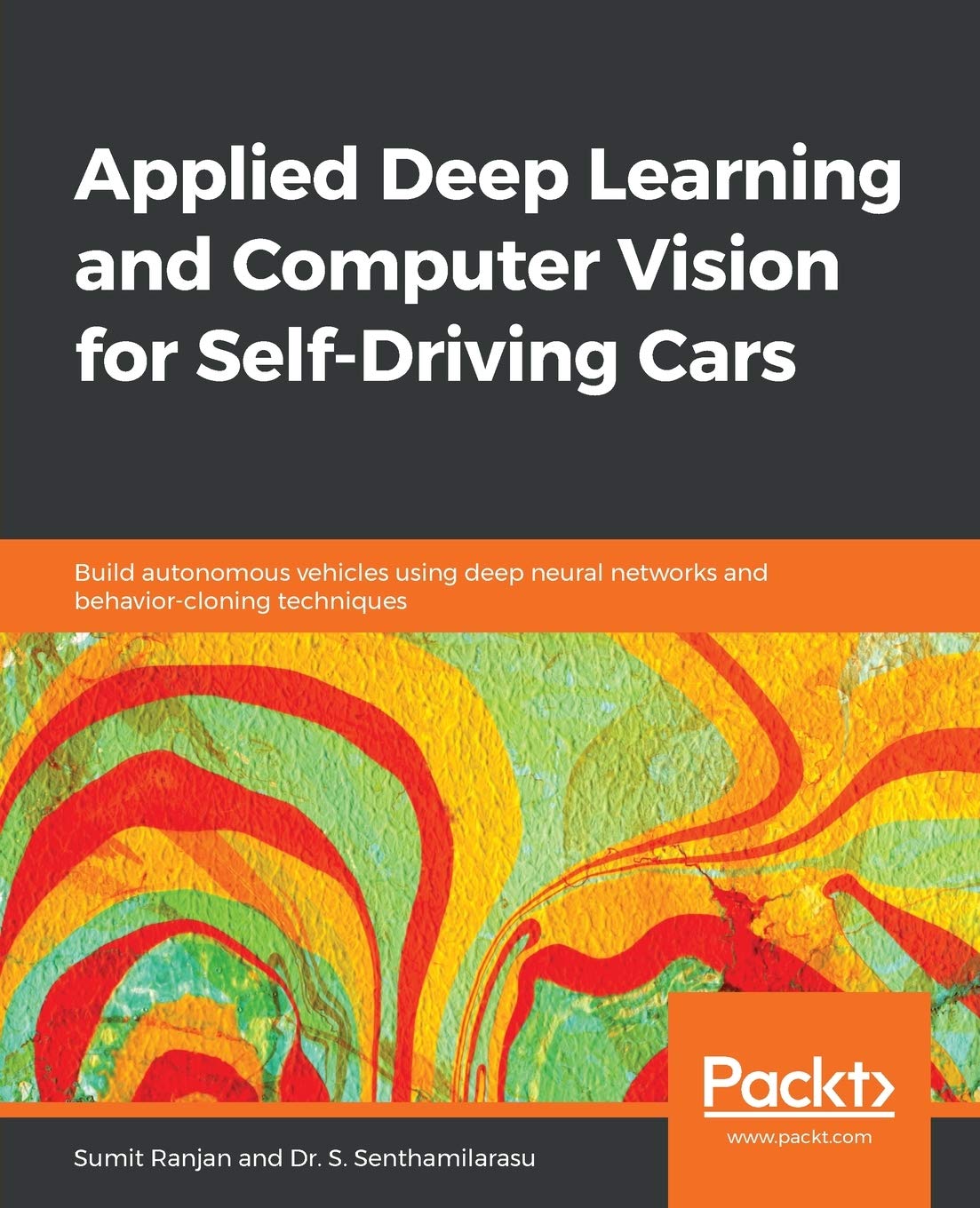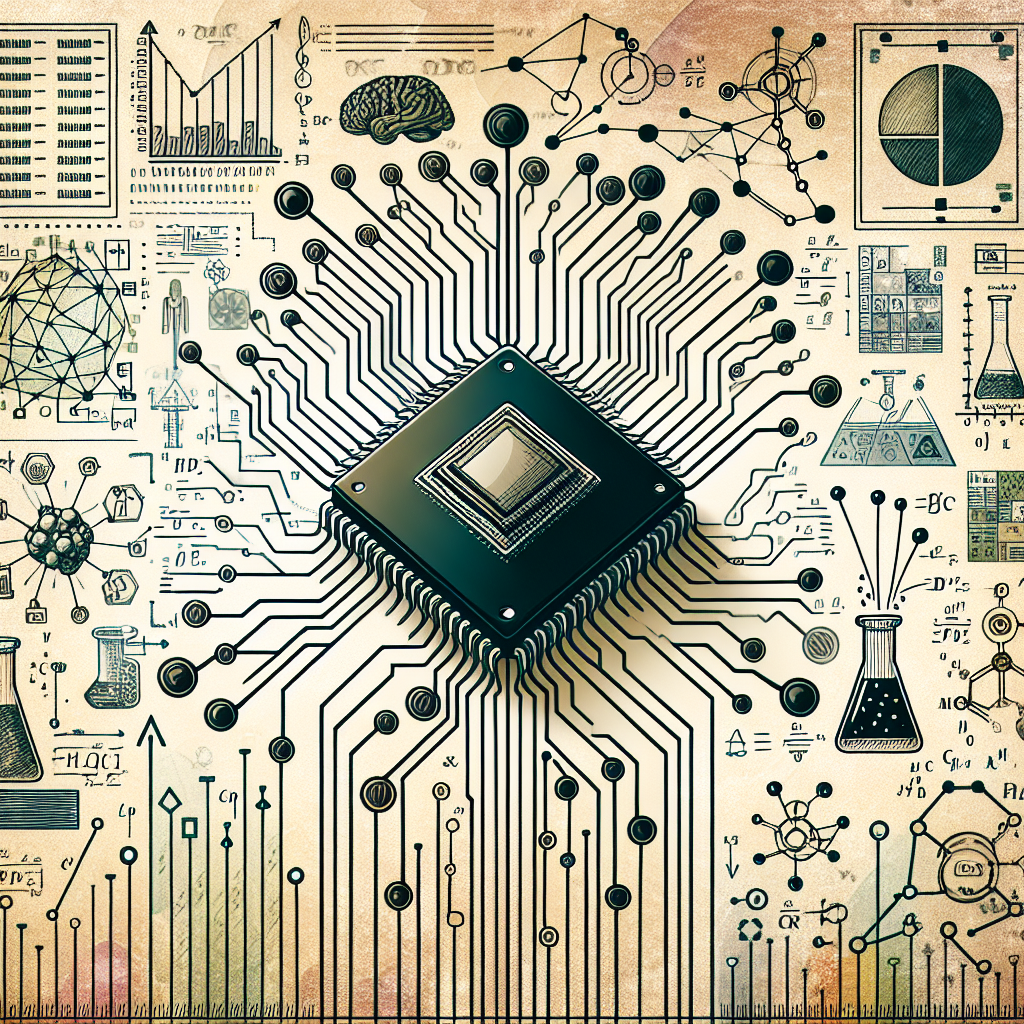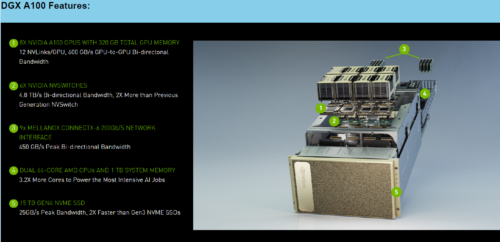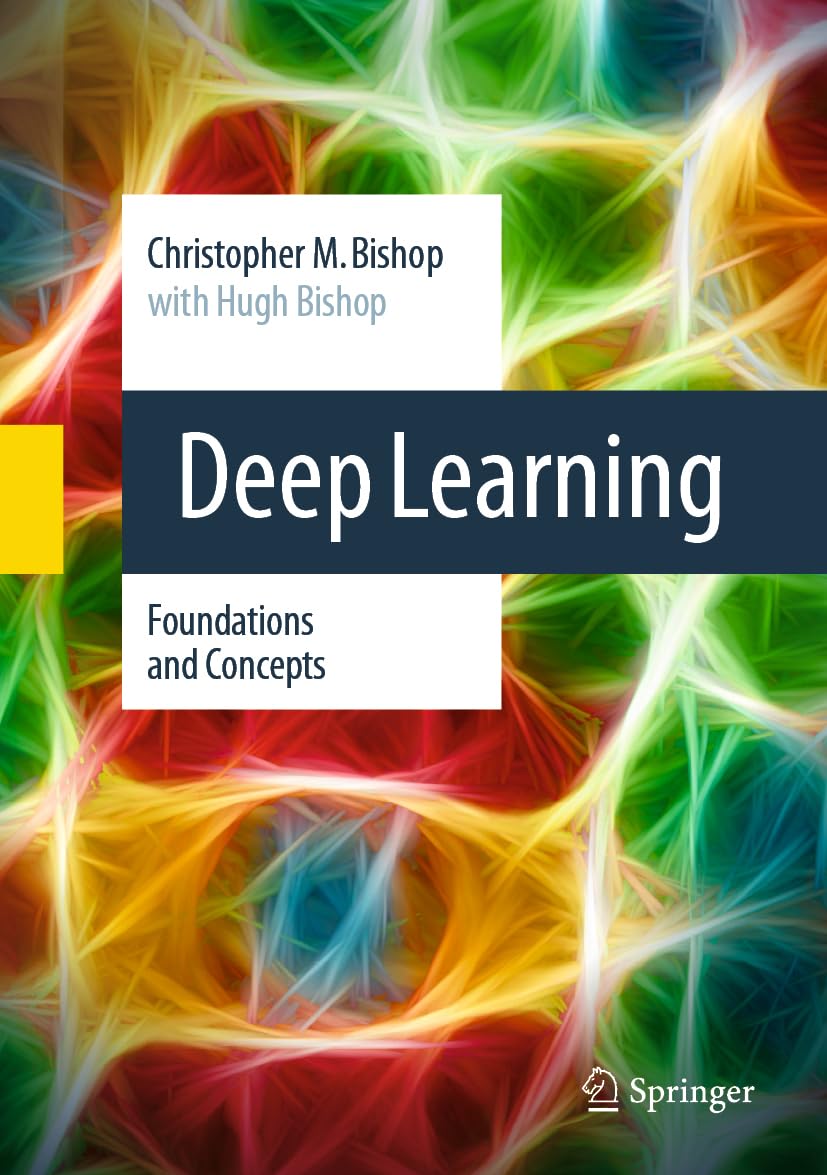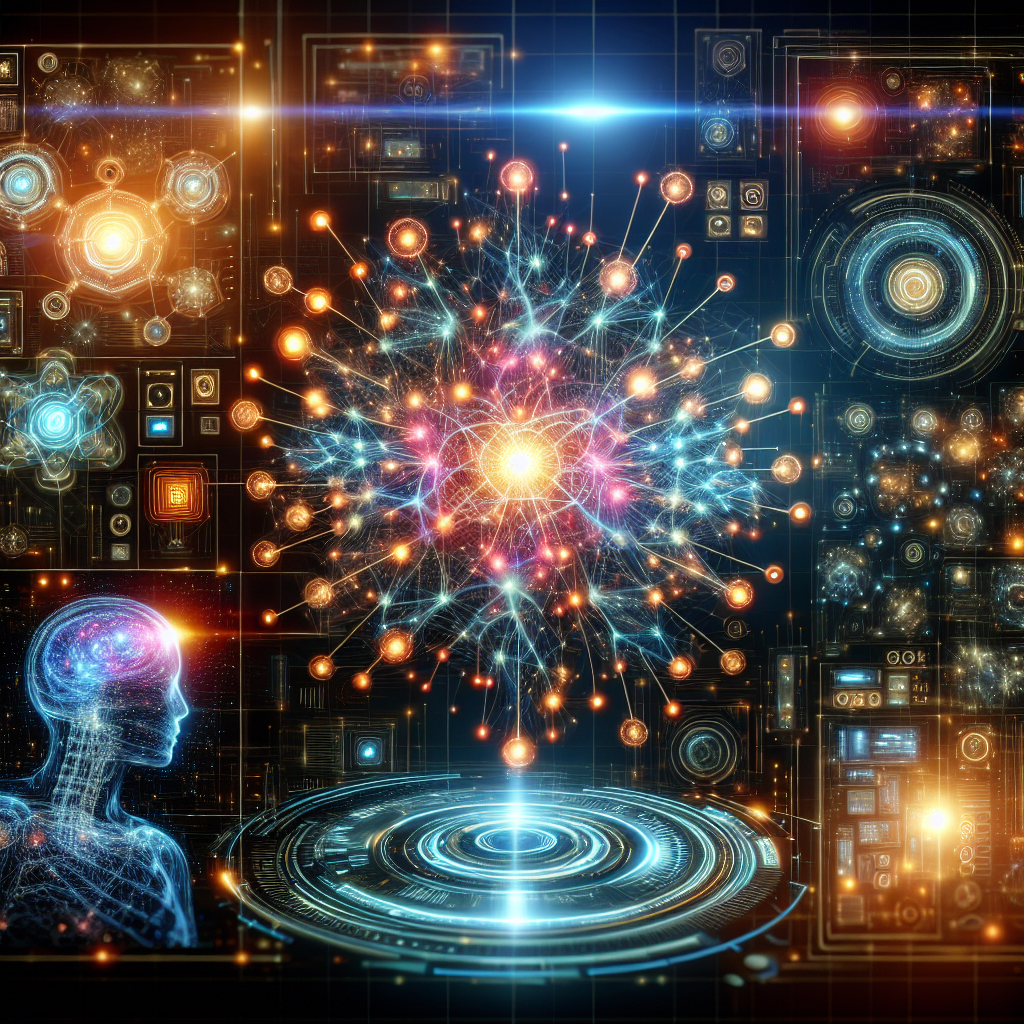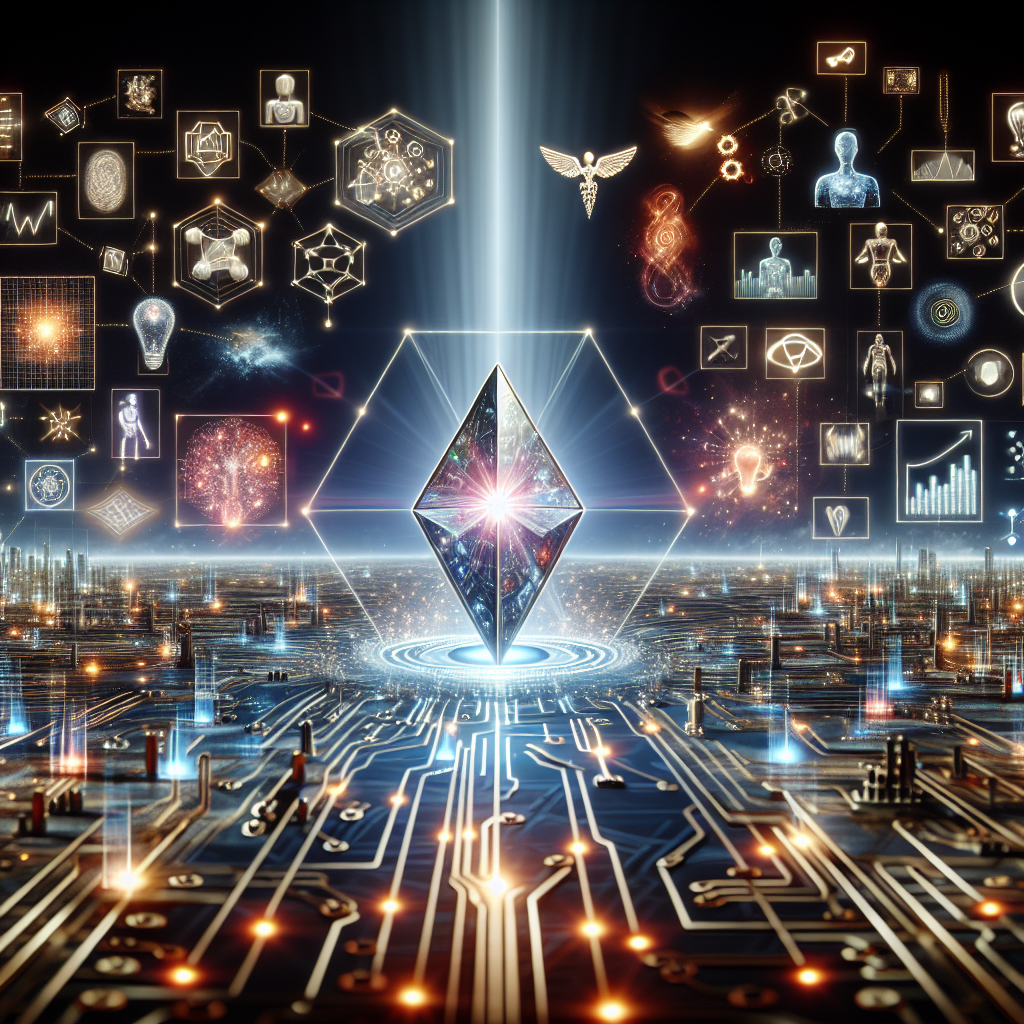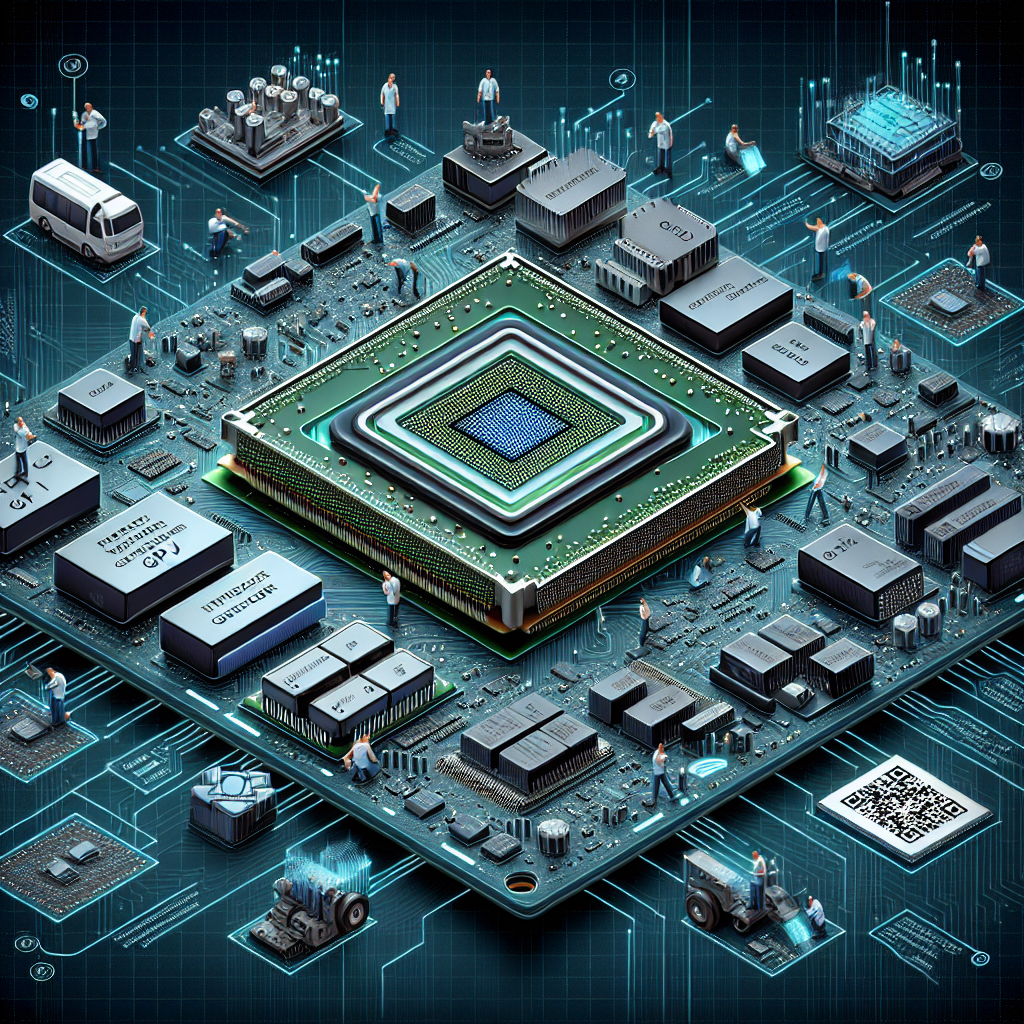NVIDIA DRIVE is a groundbreaking platform that is revolutionizing the automotive industry by bringing advanced AI and deep learning technologies to autonomous vehicles. This platform is powering the next generation of self-driving cars, trucks, and shuttles, enabling them to perceive the world around them and make informed decisions in real-time.
At the heart of NVIDIA DRIVE is the NVIDIA DRIVE AGX platform, which includes a powerful system-on-a-chip (SoC) called the Xavier. This SoC is specifically designed for autonomous vehicles and is capable of processing vast amounts of sensor data from cameras, lidar, radar, and ultrasonic sensors in real-time. The Xavier SoC is equipped with multiple deep learning accelerators that can perform complex computations at lightning speed, allowing the vehicle to quickly analyze its surroundings and make split-second decisions.
One of the key technologies powering NVIDIA DRIVE is NVIDIA’s Deep Learning Accelerator (NVDLA), which is a programmable inference engine that is optimized for deep learning tasks. This accelerator is capable of running neural networks with high efficiency, enabling the vehicle to recognize objects, pedestrians, and other vehicles with high accuracy.
In addition to the hardware components, NVIDIA DRIVE also includes a software stack that is specifically designed for autonomous driving applications. This software stack includes libraries for computer vision, sensor fusion, and path planning, as well as tools for training and deploying deep learning models. These tools allow developers to create sophisticated AI algorithms that can navigate complex urban environments and handle challenging driving scenarios.
One of the key advantages of NVIDIA DRIVE is its scalability and flexibility. The platform can be customized to meet the specific needs of different automakers and autonomous vehicle applications, allowing them to create unique solutions that are tailored to their requirements. This flexibility makes NVIDIA DRIVE a versatile platform that can be used in a wide range of autonomous driving applications, from passenger cars to commercial vehicles.
Overall, the technology behind NVIDIA DRIVE represents a significant leap forward in the development of autonomous vehicles. By harnessing the power of AI and deep learning, this platform is enabling vehicles to drive themselves safely and efficiently, paving the way for a future where self-driving cars are a common sight on the roads. With its advanced hardware and software capabilities, NVIDIA DRIVE is poised to revolutionize the automotive industry and bring us closer to a world where transportation is safer, more efficient, and more sustainable.
